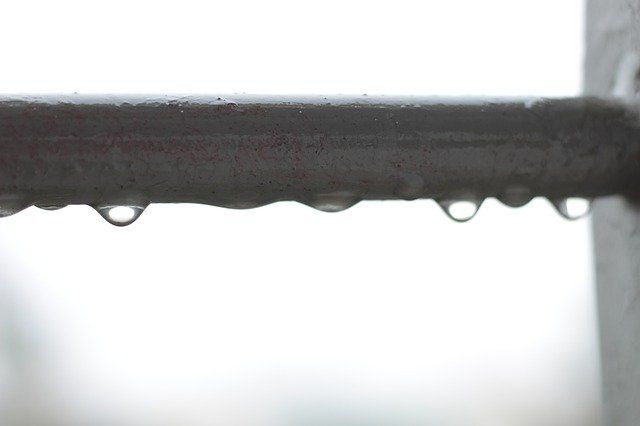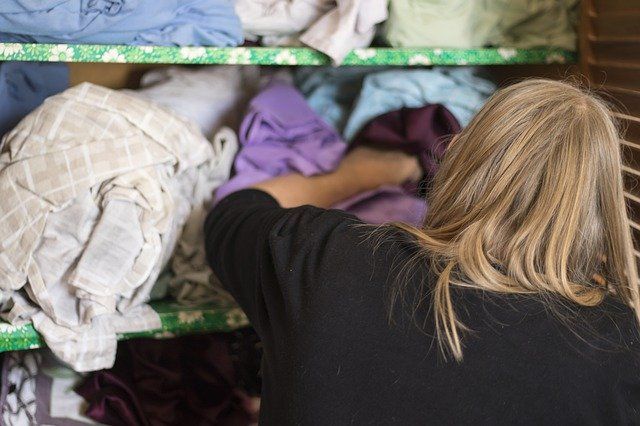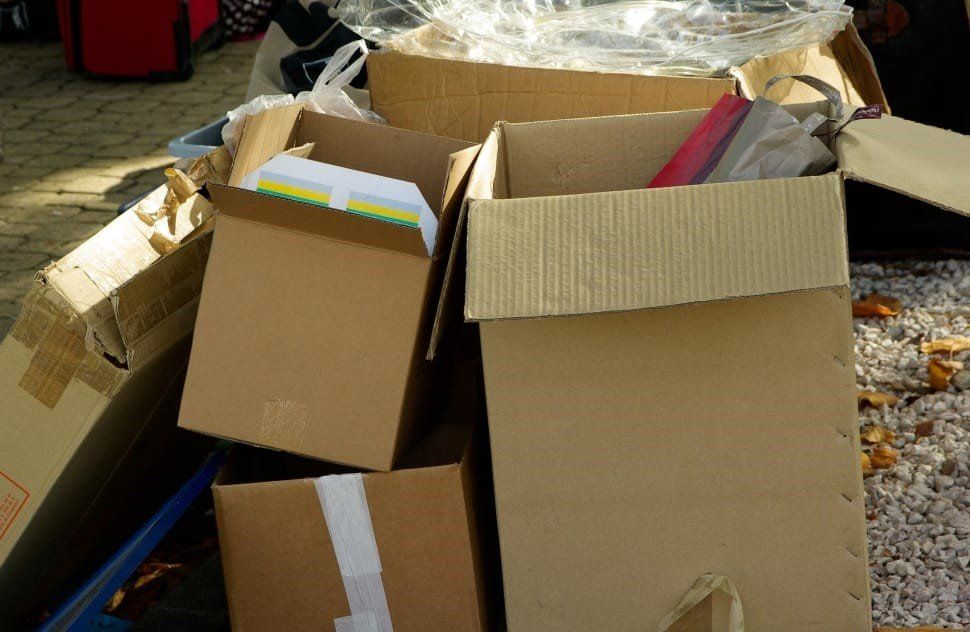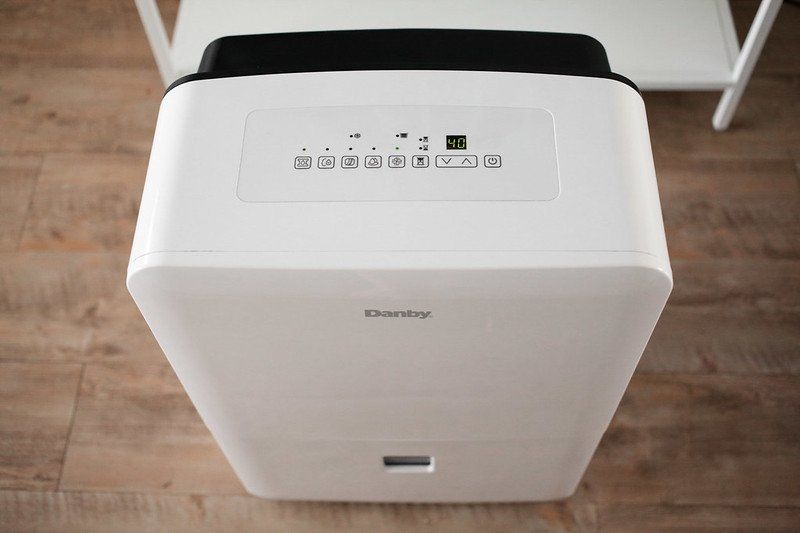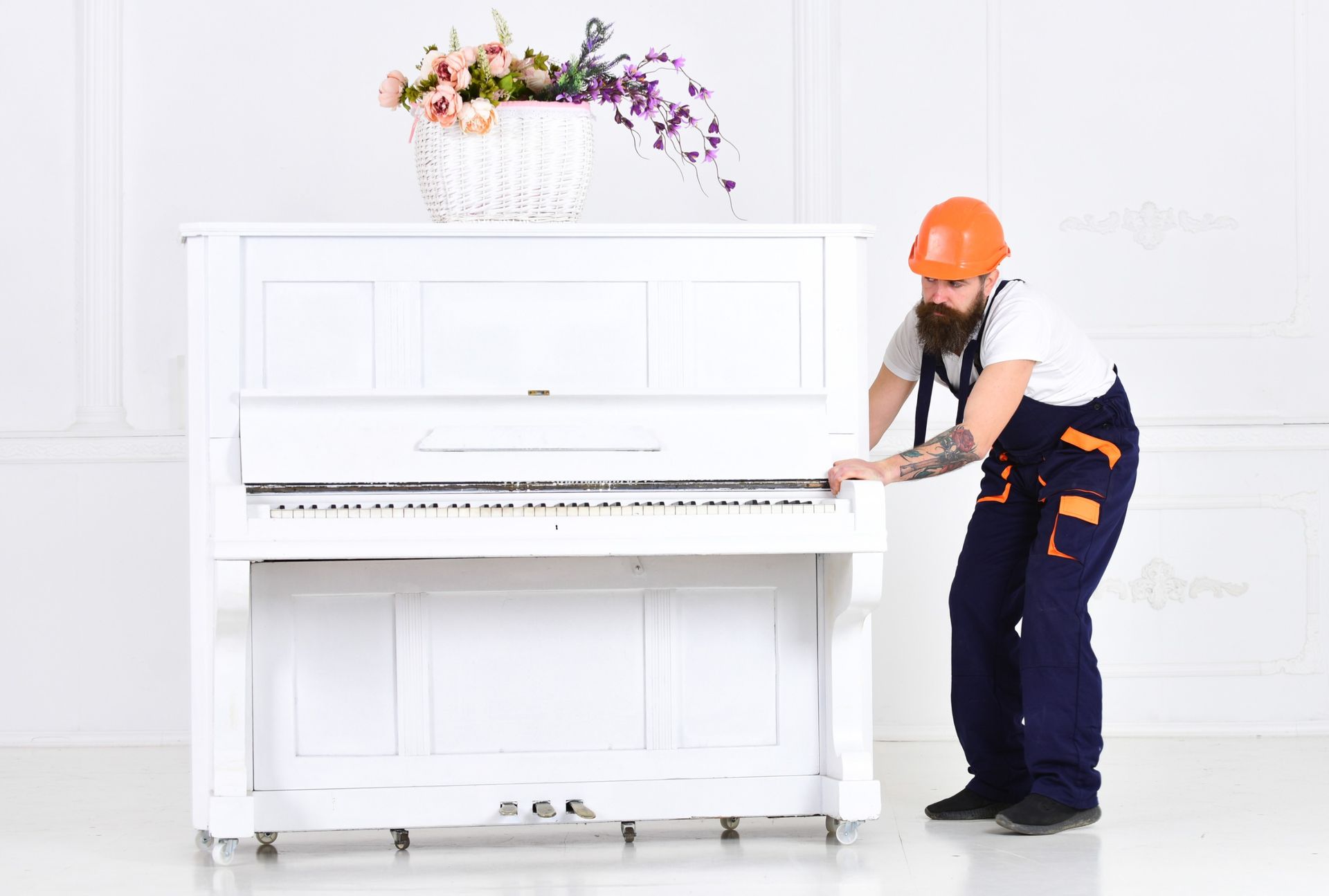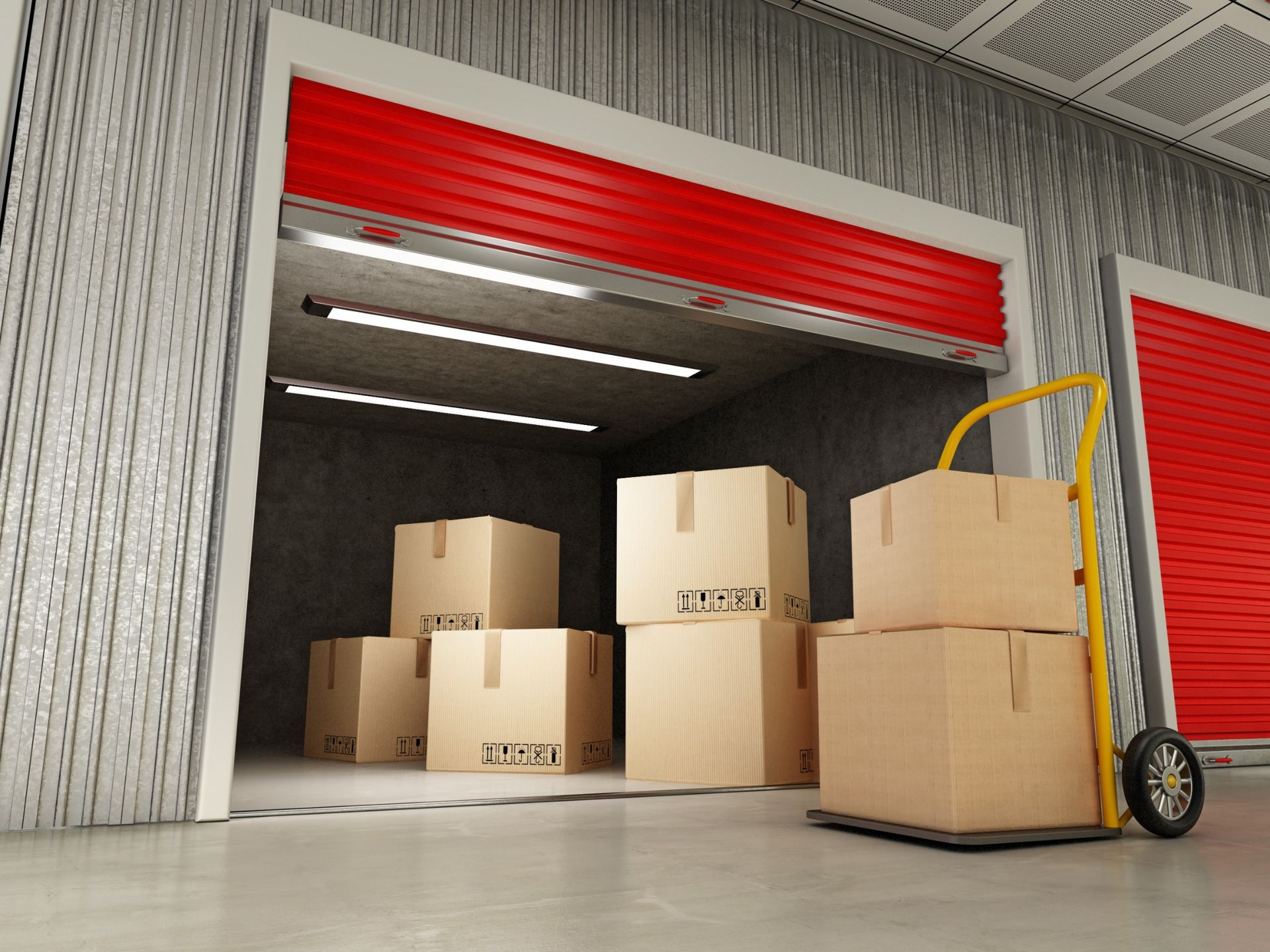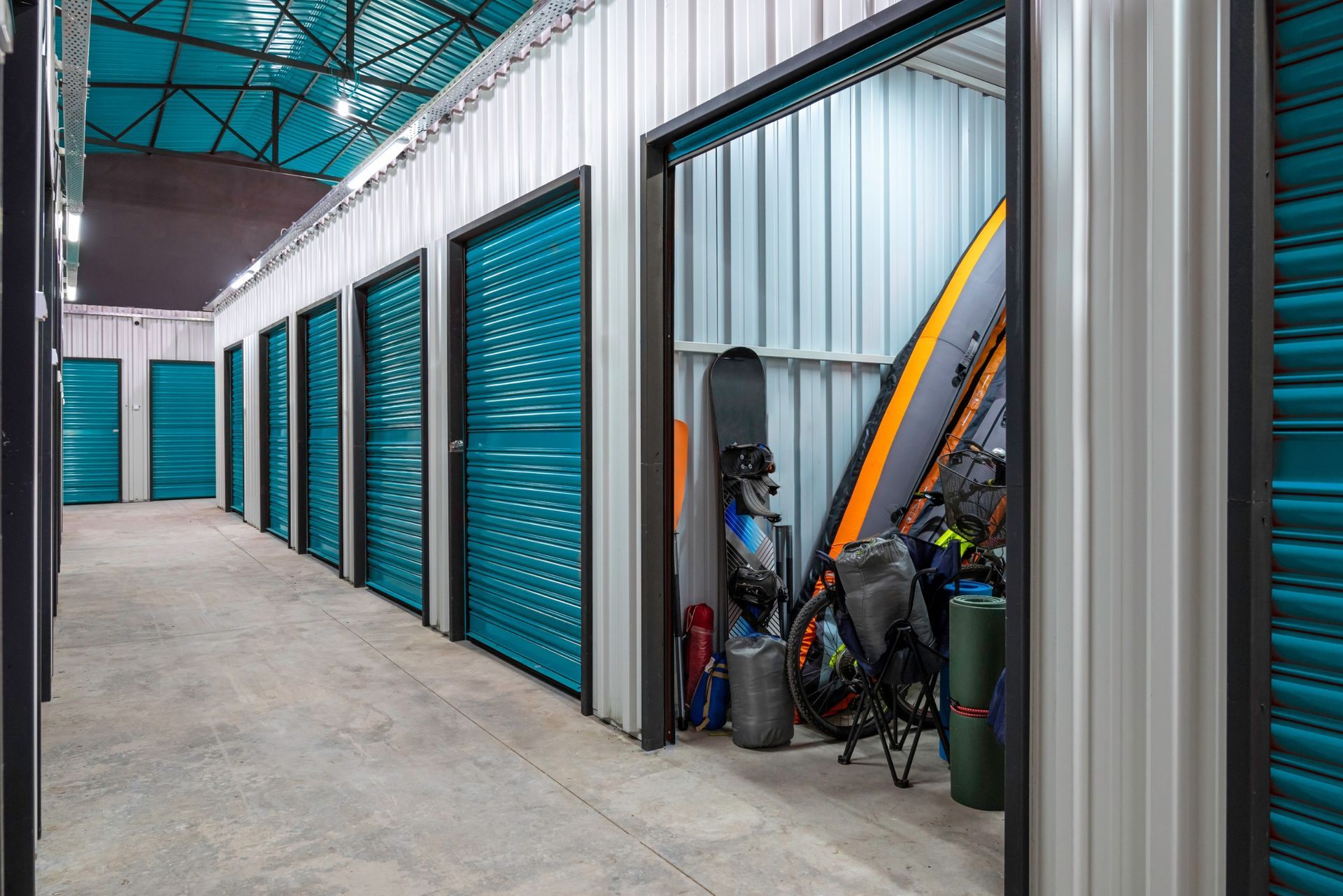How to Prevent Mold While In Storage
Carl Richardson • May 8, 2020
How to Prevent Mold In Your Storage Space

When you put your stuff into storage, it is because you place a premium on them. If you didn’t value your belongings, you would never do the work and spend the extra money to put them in storage. However, goods under storage may be safe from other dangers but not necessarily from mold.
Mold is a pervasive problem that shows up in spaces where there is sufficient moisture and shade. Mold on your stuff will ruin them and cause serious health problems. Mold spores can trigger allergic reactions or create respiratory problems, and black mold is highly toxic.
Not only does mold defeat the purpose of storage, but it also costs the owner double: in the value of the ruined stuff and the cost of storing them. Whatever can be done to ensure that goods in storage are safe from this menace, should be done. Here are ways to prevent mold in your storage space.
1. Inspect the unit for leaks
If the integrity of a storage unit is compromised, it cannot keep out moisture. All other steps listed below depend on the ability of the facility to stay dry and not create an environment conducive to mold.
If a unit has even the smallest cracks or holes, you may be sure water will get in. So do a thorough check of the facility for barely visible leaks.
2. Conduct regular humidity checks
The humidity level inside the unit should be between 30% and 50%. Once humidity crosses the 50% threshold, you will have problems with moisture, mildew, and mold.
Installing a relative humidity gauge inside the unit is the best way to keep an eye on humidity levels. Storage units are typically not airy, so the chances of humidity increasing are quite high; regular checks are recommended.
3. Only very dry items should be stored
Porous materials like paper, wood, clothes, and upholstery can hold water inside them while appearing dry. If not absolutely dry, trapped moisture inside these materials will cause mold.
To prevent this, do not wash anything made of porous materials before putting them into storage. If you wash them, it should be well ahead of the storage date, to give them time to dry thoroughly.
Furthermore, do not move your stuff on a rainy day or when humidity is high.
4. Disinfect everything before putting it away
Mold is transported via spores. Without spores on clothes, shoes, furniture, and other materials, mold cannot grow on them.
To remove mold spores from items, do the following. Clean all surfaces with baking powder or borax to kill mold spores. Washable materials should be washed with the hottest water recommended, as per their care label.
Wipe down leather items with a soft cloth dipped in distilled white vinegar. Clean with soap & warm water afterward, before drying and treating them with a leather conditioner.
5. Avoid using unneed cardboard and remove plastic covers
Cardboard boxes are great for storing things but they are notorious for drawing moisture out of the air and storing it. Cardboard boxes can introduce moisture into a storage unit.
They also transfer moisture to other porous materials that are in proximity to them. Additionally, before storing anything remove the plastic wrappers; plastic covers trap moisture beneath them. Soft plastic may even host mold.
6. Keep appliances doors slightly open
The door of freezers and refrigerators should be left partly open when they are put into storage. Before the appliance is moved into the unit, it must be drained of water and allowed to dry completely.
It may take some time for all parts of a refrigerator to dry out, so this should be done days ahead. Keeping appliance doors open promotes air circulation, which inhibits the growth of mold.
7. Prevent outside moisture seeping in with a vapor barrier
To completely shut the door to outside moisture, install a
vapor barrier. Vapor barriers are made of foil or polyethylene plastic. A good one with a permeability value of less than 1.0 can be bought at most hardware stores.
Place this material on the warm side of the wall of the storage unit. Also, lay the flexible membrane on the floor of the unit to prevent moisture seeping up from the ground.
8. Add dehumidifiers
Desiccants or moisture absorbers pull moisture from the air to keep the air dry. Having them inside the unit will help remove any moisture that accidentally gets in.
Easily available options include untreated charcoal and clay cat litter. Silica gel is an efficient humidifier; 1 kg of it will absorb up to 400 mL of water, which is a lot of moisture for a storage unit.
9. Use climate-controlled storage
Key factors that determine the growth and survival of mold are temperature and air movement. Climate-controlled storage facilities do a great job of managing both. Using
climate-controlled storage saves you the hassle of frequently checking-in on your belongings. Using this option leaves you with less work and fewer things to worry about.
